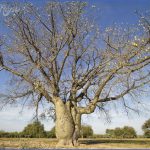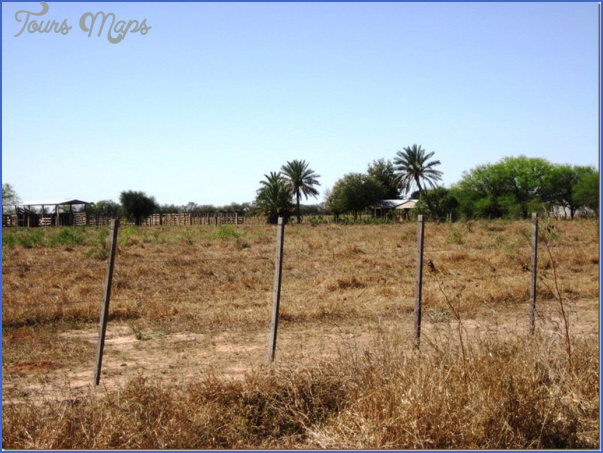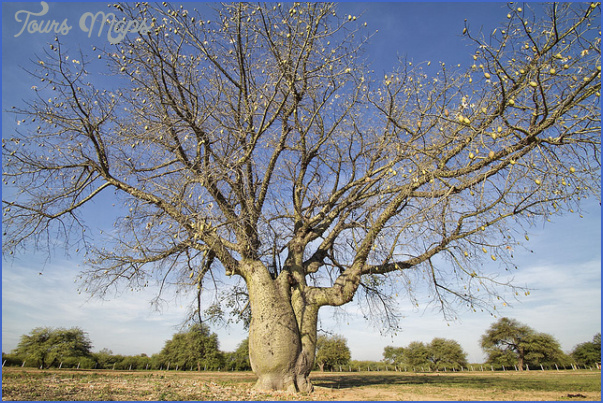Indigenous Handicrafts
Many of Paraguay’s indigenous groups rely on handicrafts as a source of income. While in some cases the quality of crafts is decreased due to mass production, for the most part, indigenous handicrafts are unique. The Maka specialize in bags and sashes of brightly colored cotton woven into striped designs. Both the Nivacle and Ayoreo Indians are known for their geometrically patterned satchels made from hand-dyed fibers of the karaguata plant. Perhaps the most interesting of the indigenous handicrafts are the wonderfully expressive wooden animal carvings, also created by the Nivacle.
Because Paraguay’s indigenous tend to live in remote areas, it is difficult to purchase crafts directly from the artisans themselves. Many communities rely on middlemen to sell their crafts, leaving very little profit for the actual artisan. An excellent source of indigenous crafts near Asuncion is the Museo Guido Boggiani, not only due to the wide variety of offerings but also because the artisans themselves set sale prices and receive the full amount.
Artisans in Action
Asacivapa (the Asociacion de Artesanos de Asuncion, Ciudades Vecinas y Afines del Paraguay) holds weekly workshops for artisans working on ao po’i, nanduti, and encaje ju. This is a good opportunity to see artisans at work and learn about all the particularities of each craft. If you are interested in trying your hand, contact Arminda Careaga (Tel: 021 554 530, 021 513 536, 0981 422 983 asacivapa@gmail.com), the association president, to be sure they have extra supplies on hand; teachers and students usually bring their own. Classes usually take place on Friday afternoons from 1pm to 5pm and cost Gs. 10,000. Classes are held at the CIAMP building next to the Municipal Office of Asuncion (Municipalidad de Asuncion), corner of General R. Benitez and Dr. Justo Preto. From downtown Asuncion and Villa Morra take Linea 56 or 12 towards San Lorenzo.
Buying Artesanias
Larger stores in cities have a wide variety, while smaller storefronts in the countryside offer you the opportunity to purchase goods directly from the artisans themselves. In many instances, artisans are happy to provide demonstrations and even let you try your hand (after which you are sure to appreciate their craft even more).
Whenever possible, it is best to purchase items directly from the artisan who makes them. Though highly admired and appreciated, traditional crafts are trade that is slowly dying out in Paraguay. The pressures of modern life mean new generations are increasingly seeking salaried jobs rather than working as artisans. By supporting local artisans you enable their craft to remain a viable way to make a living and thus increase the likelihood that they will be taken up by younger generations.
Despite the amount of labor involved in their production, Paraguayan artesanias are generally inexpensive. This is because artisans typically price their items barely above cost. Before balking at the price of higher end artesanias such as ao po ‘i made of hand-spun cotton or fine gauge (hilo fino) nanduti, be sure to ask the artisan how long it took to make. You’ll be surprised when you learn just how little they are earning per hour.
Visit to Gran Chaco Photo Gallery
Maybe You Like Them Too
- The Best Cities To Visit in The World
- World’s 10 Best Places To Visit
- Coolest Countries in the World to Visit
- Travel to Santorini, Greece
- Map of Barbados – Holiday in Barbados












